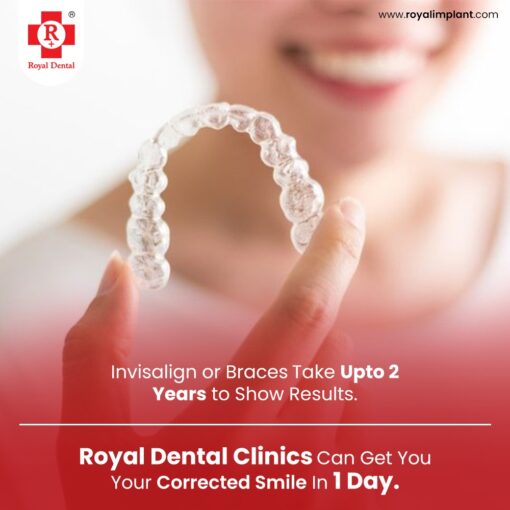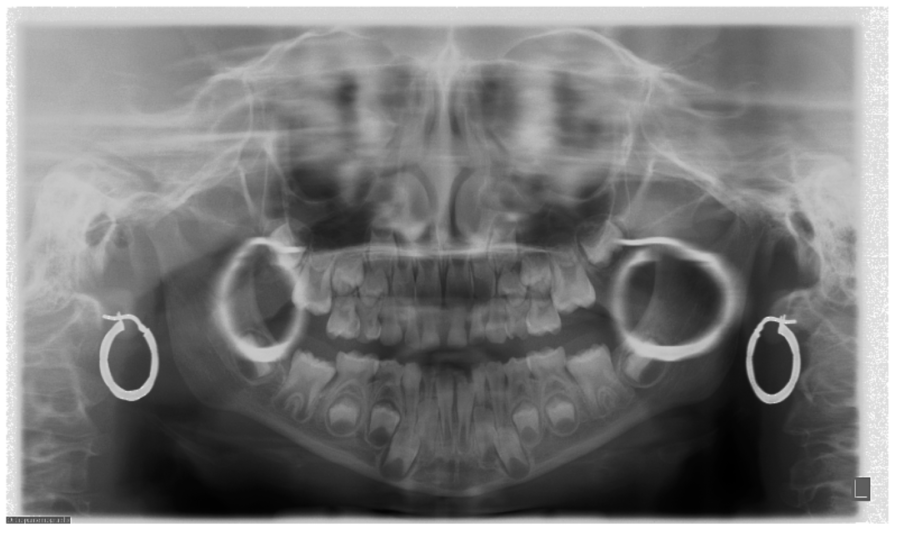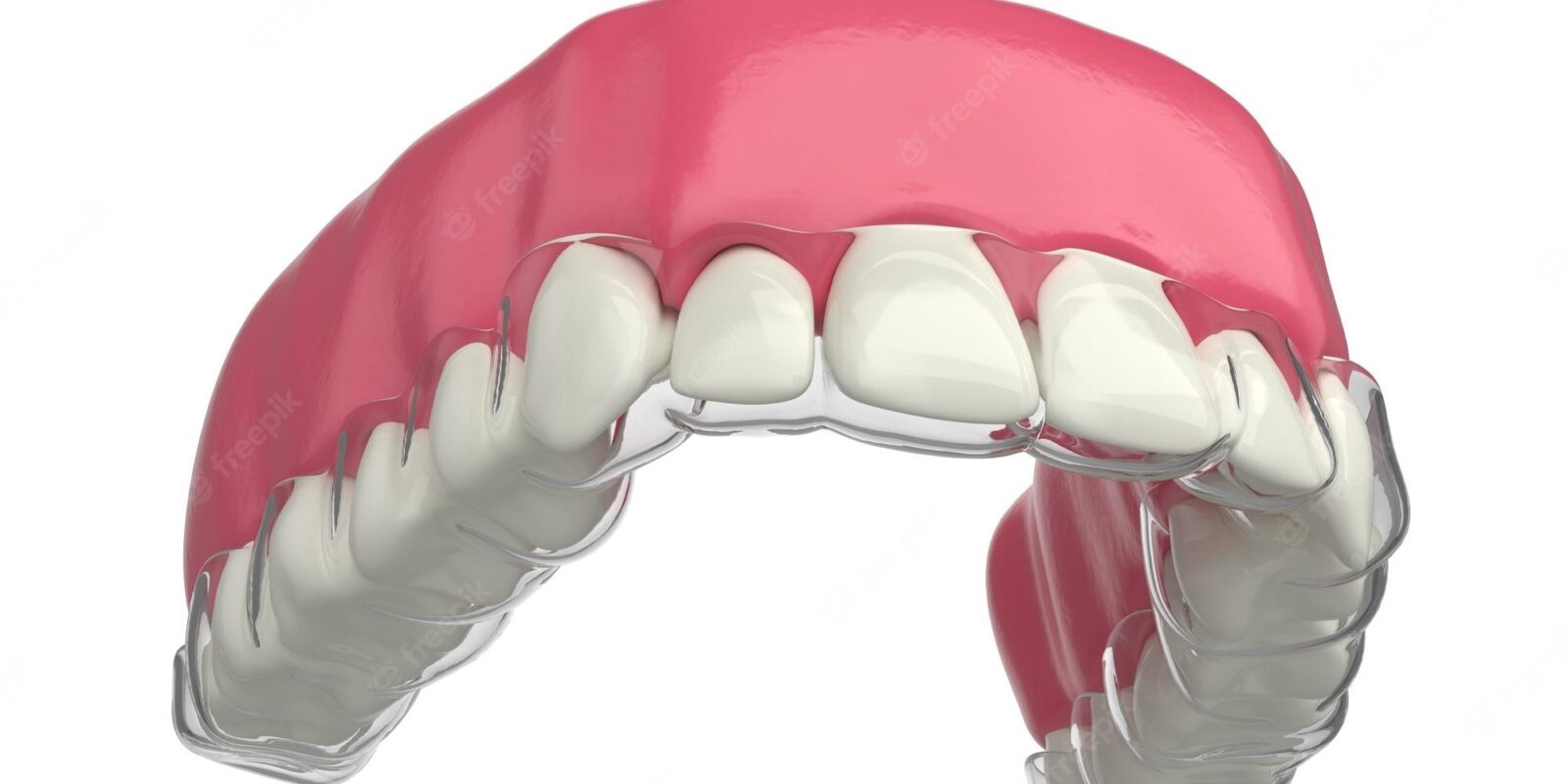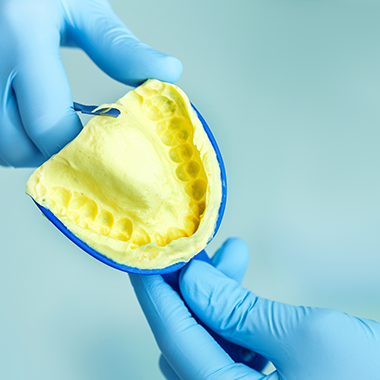Are you considering aligner treatment to straighten your teeth and achieve a more aesthetically pleasing smile? If so, you’re likely wondering what steps you need to take to prepare for treatment. Before you can begin using aligners to shift your teeth into their desired positions, you will need to undergo some essential treatments and procedures. From the initial consultation to x-rays, here is what you need to know about prepping for aligner treatment and what to expect along the way.
Pre-treatment Consultation for Invisalign
When you visit your dentist to discuss aligner treatment, you will likely undergo a thorough examination and consultation. During this consultation, your dentist will likely ask you questions about your medical history. This information is important because certain diseases and conditions can impact the use of orthodontic treatment. The consultation will also help your dentist get a better understanding of your oral health, orthodontic history, and what you hope to achieve with treatment.

During your consultation, your dentist may take some measurements of your teeth and assess your biting and chewing patterns. This will help your dentist determine the best course of treatment and whether aligner treatment is suitable for you. Additionally, your dentist will likely take an impression of your teeth using a mould to create a model.
X-rays and CT scans for Aligner Treatment
Before you can begin treatment, your dentist will likely want to take some x-rays of your teeth and jaw. X-rays are a useful tool for examining the position, health, and alignment of teeth. They are also a great way to view the underlying bone structure of your teeth and jaw. While you may think that x-rays are just harmless pictures, they do come with some risks. Fortunately, dentists take precautions to reduce radiation exposure during x-rays. If your dentist recommends it, you might want to consider a CT scan as well.

This type of scan is generally used to detect issues with the underlying bone structure. It is also useful for detecting cysts, tumours, fractures, and other issues that x-rays may miss.
Impressions and measurements in Aligner Treatment
Before you can begin treatment, your dentist will likely take oral impressions of your teeth. This is a common procedure that is used to create custom-fitted dental trays. These trays are filled with a special dental impression material that is used to create a mould of your teeth. The mould is then sent to your dental lab where technicians can use the mould to create your aligners.
While your dentist will likely take impressions of all of your teeth, they will also likely take measurements of your teeth and gums. These measurements are often used to create facial orthodontic appliances like retainer brackets. They are also used to create custom-fitted mouth guards that protect teeth from injury during sports.
Creating a 3D model of teeth
After you have had your x-rays and impressions taken, your dentist might ask you to create a 3D model of your teeth. This model can then be used to help your dentist create an aligner treatment plan. There are a few different methods that dental professionals use to create a 3D model. You can also create a 3D model at home using a desktop scanner or mobile app.
Whether you create a 3D model with a professional or at home, this model will likely be used to create a digital representation of your teeth. This digital representation can then be used to create your aligner treatment plan. This model can be viewed and manipulated in real-time, making it an effective tool for creating an accurate treatment plan.
Aligner Treatment plan
Once your dentist has reviewed your x-rays, impressions, and 3D model, they may be able to determine the ideal treatment plan for you. This treatment plan will likely include the type, order, and duration of treatments for you to undergo before starting aligner treatment. The treatment plan can also help you and your dentist track your progress and stay on track with your orthodontic treatment. If you’re preparing for aligner treatment, you likely have a few x-rays and impressions to take.

A 3D model of your teeth helps your dentist create a precise treatment plan that can then be used to create your aligner treatment plan.
Digital smile design
If you’re seeking aligner treatment, you may also want to create a digital smile design. This is a 3D representation of your smile that allows you to experiment with different smile designs. You can use this design to see how different smile changes, such as the shape or length of your teeth, will impact your smile. You can also use this design to see how different orthodontic appliances will impact your smile. The design can be used to experiment with different smile modifications like reshaping your smile, repositioning your teeth, or adding dental implants. It can also be used to help you determine which aligner treatment is best for you.
Final check for teeth and gums
After you’ve had your x-rays, impressions, and 3D model taken, you may want to schedule another visit to your dentist. During this visit, your dentist will likely perform a final check to ensure that your teeth and gums are healthy enough to proceed with treatment. This ensures that you don’t start treatment with any underlying issues that could lead to complications or future problems.
During this final check, your dentist may also want to take more measurements of your teeth and gums. This information can then be used to create a final treatment plan for you with your aligners. Finally, your dentist will likely also review the treatment plan with you to ensure that it is suitable for your needs and goals.
Conclusion
Prepping for aligner treatment is crucial to the success of your treatment. Your dentist will use your X-rays, CT scans, impressions, and gingival (gum) measurements to design a treatment plan that includes the number of aligners you will use and the length of your treatment. Before you begin treatment, your dentist will take an X-ray, and CT scan, and make sure your gums are healthy enough for treatment. They will then create a digital smile design and finalize your treatment plan.






